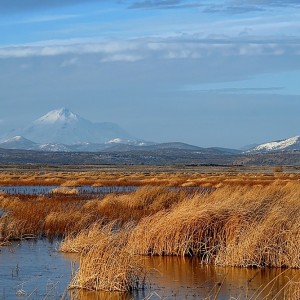The Stream, December 3: World Has Lost A Third Of Its Arable Land
The Global Rundown |
Soil degradation caused by erosion and pollution has led to the loss of a third of the world’s arable land, a new study found. Drought and frosts in Papua New Guinea are spreading hunger and disease. A crowd-funded project in India is reviving drinking water sources and helping farmers. Wastewater plants could generate more than a million dollars each year if they recycled valuable materials like nitrogen and phosphorus, scientists say. The most recent tests of water at Olympic competition sites in Rio de Janeiro found high levels of viruses.
“De-silting Nilona would need huge amount of money, time and hard work. A few of us couldn’t do it. We needed a citizen movement.”–Kamal Bagdi, a member of the Prayas professional network in India, on a crowd-funded project in the Vidarbha district that removed the silt choking a local drinking water reservoir and gave it to farmers to improve soil productivity. (Reuters)
By The Numbers |
$1 million Amount scientists say could be generated annually by wastewater treatment plants if they captured useful materials like carbon, nitrogen, and phosphorus. Nature
99 percent Chance that athletes would be infected by viruses if they ingested 3 teaspoons of the water at Olympic competition sites in Rio de Janeiro. Tests of offshore water in the city’s bays and lagoons found that viral levels were just as high there as in nearshore waters. Associated Press
Science, Studies, And Reports |
Farming practices that increase erosion and pollution and decrease soil’s ability to hold water have resulted in the loss of a third of the world’s arable land over the past 40 years, according to a study by researchers at the University of Sheffield’s Grantham Centre for Sustainable Futures. The findings raise concerns about future food security as well as sediment pollution in rivers, lakes, and oceans. Guardian
On The Radar |
Drought and frosts brought on by a strong El Nino are creating hunger and disease in Papua New Guinea. In some areas, people have resorted to eating clay and toxic mushrooms, while dwindling, contaminated water sources are spreading disease, including leprosy, according to reports from international aid workers. Guardian
A news correspondent for Circle of Blue based out of Hawaii. She writes The Stream, Circle of Blue’s daily digest of international water news trends. Her interests include food security, ecology and the Great Lakes.
Contact Codi Kozacek







Leave a Reply
Want to join the discussion?Feel free to contribute!